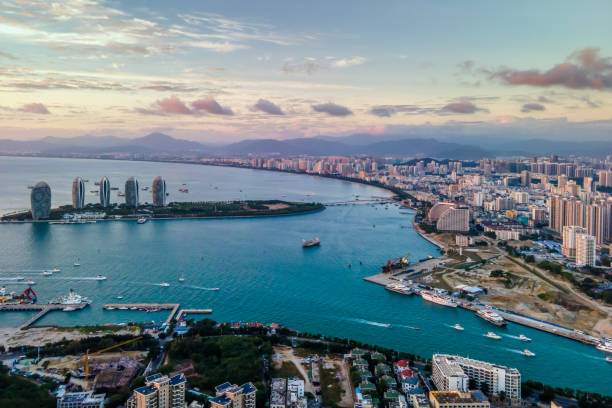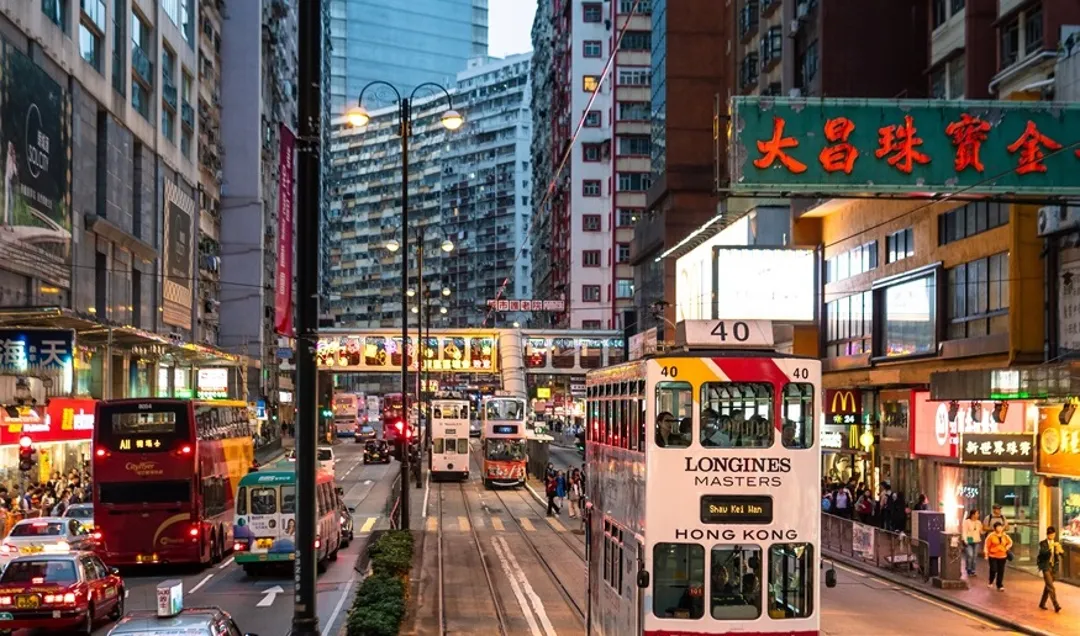China, a vast and fascinating country. Knowing its provinces and administrative regions will help you better understand and navigate the country. So how many provinces are in China? And why does that matter for your trip?
In this post, we’ll examine each of China’s 23 provinces, five autonomous regions, four directly-controlled municipalities, and two special administrative regions.
That should give you a better overview, and idea of what you’ll encounter as a tourist, in this surprisingly diverse country.
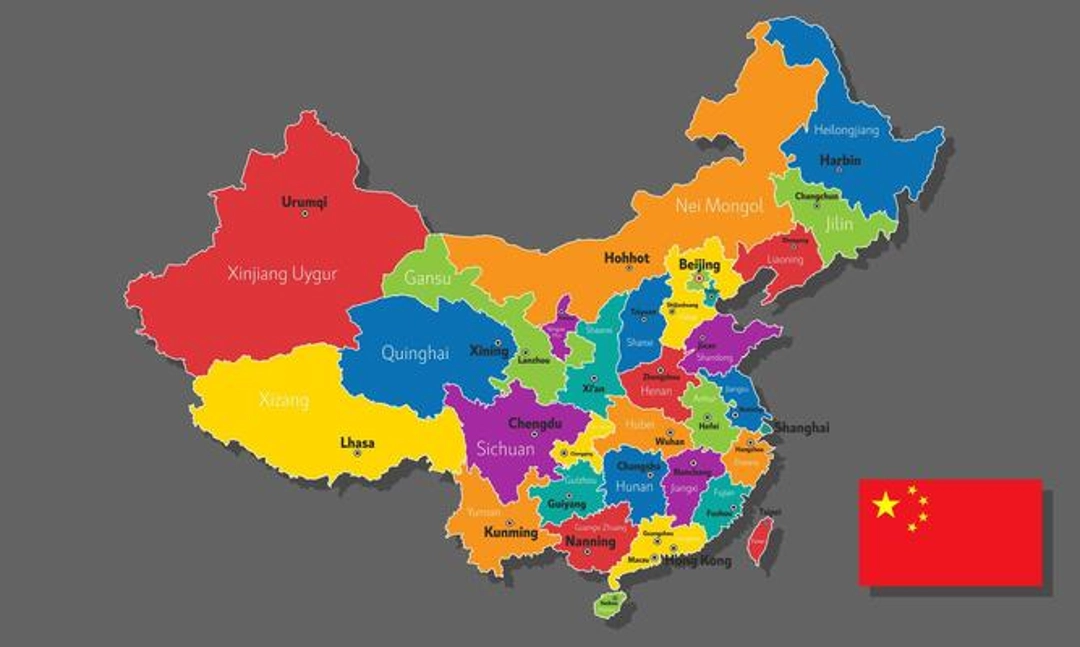
How Many Provinces Are There in China?
There are 34 provincial-level divisions in China. These consist of 23 provinces, five autonomous regions, four municipalities, and two special administrative regions.
These are imposed to govern the vast country, each with its own distinct cultural, geographic, and political differences.
Knowledge of these divisions can provide insight and context during your China travels and help to explain the wide range of experiences found in the country.
China’s 23 Provinces at a Glance
Eastern Provinces
1. Jiangsu
Historically, Jiangsu was known for its astonishing cities and stunning canals that weaved through the landscape. It’s a place that contains both the thriving excitement of city life and the peace and tranquility of the countryside.
Its capital, Nanjing, is a city steeped in history — there are ancient monuments everywhere you turn here!
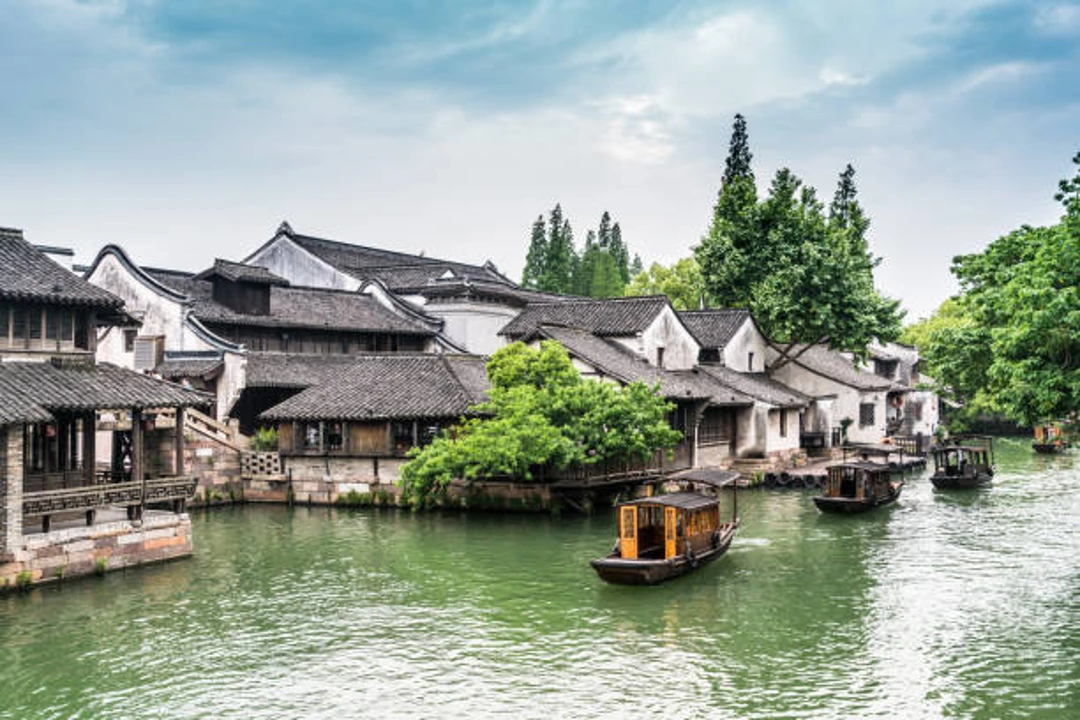
2. Zhejiang
Bordering on Shanghai, Zhejiang province has vibrant cities and stunning green hills. The capital, Hangzhou, overlooks the breathtaking West Lake and is well known for its tea.
3. Shandong
With its historical ties to Confucius and its appealing coastline, Shandong is a province that marries cultural and natural attractions. One of its coastal highlights is Qingdao, which features beaches and an annual beer festival.
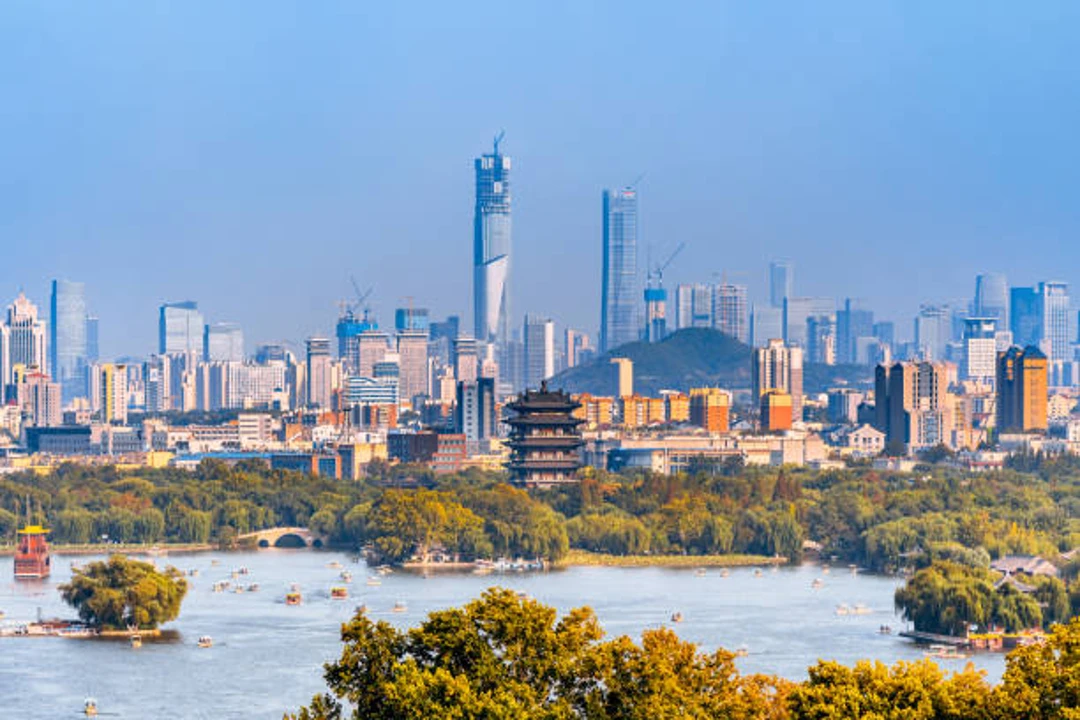
4. Anhui
With its classic architecture and tea traditions, Anhui offers a lot of historic temples and natural beauty. It’s also home to ancient villages and the stunning Yellow Mountain, making it an off-the-beaten-path destination.
5. Fujian
Fujian’s jagged coastline and distinctive tulou earthen structures are really interesting. Xiamen is a bustling harbor town with historic sites and scenic vistas.
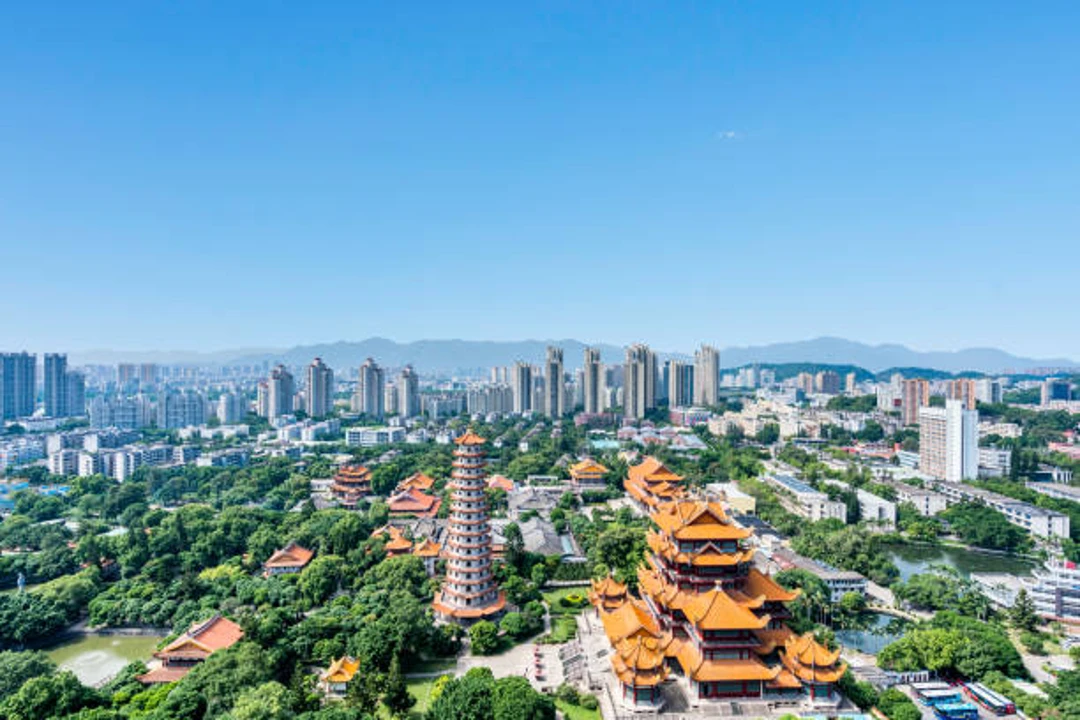
6. Jiangxi
It’s scenic and historic, the latter highlighted by the famed pottery village Jingdezhen. Main industries include farming, mining, and manufacturing.
7. Taiwan
It’s a democratic island, home to a high-tech industry and a whole lot of natural beauty. It’s famous for its night markets and energetic culture.
Southern Provinces
8. Guangdong
Guangdong is a province of business and entrepreneurship, where you’ll find the lively cities of Guangzhou and Shenzhen. It’s a melting pot of people and is where Cantonese food comes from.
9. Hainan
Hainan, known as “China’s Hawaii,” is a tropical island with stunning beaches, wildlife, and a slow, easy-going pace. It’s a great destination for anyone looking for some sun and the outdoors.
Northern Provinces
10. Hebei
Home to Beijing, Hebei provides a balance of history and the great outdoors with sites such as the Eastern Qing Tombs and the Taihang Mountains. As it is within easy reach of the capital, it’s an easy getaway back to nature and slower pace of life.
11. Shanxi
It’s an ancient area in China (home to Pingyao) with a lot of historical sites. It’s a coal region too, and the country’s coal production leader.
12. Shaanxi
Shaanxi is a historic province in Central China best known for Xi’an, the Terracotta Army, and as the starting location of the Silk Road. Here you will find a province with a wealth of history that is now a leading player in agriculture and industry.

Central Provinces
13. Henan
It was the cradle of Chinese civilization and has been home to a number of the country’s ancient capitals. The mountainous regions of Henan are also where the legendary Shaolin Templeis (a center for martial arts and Zen Buddhism).
14. Hubei
The province’s capital city is Wuhan, which divides the imposing Yangtze River while also blending modern and historic as one.
15. Hunan
Home toh other spicy cuisine and a lively culture, Hunan is a mountainous, historic province. Both the city of Changsha, as well as the Avatar landscape in Zhangjiajie, are popular attractions.
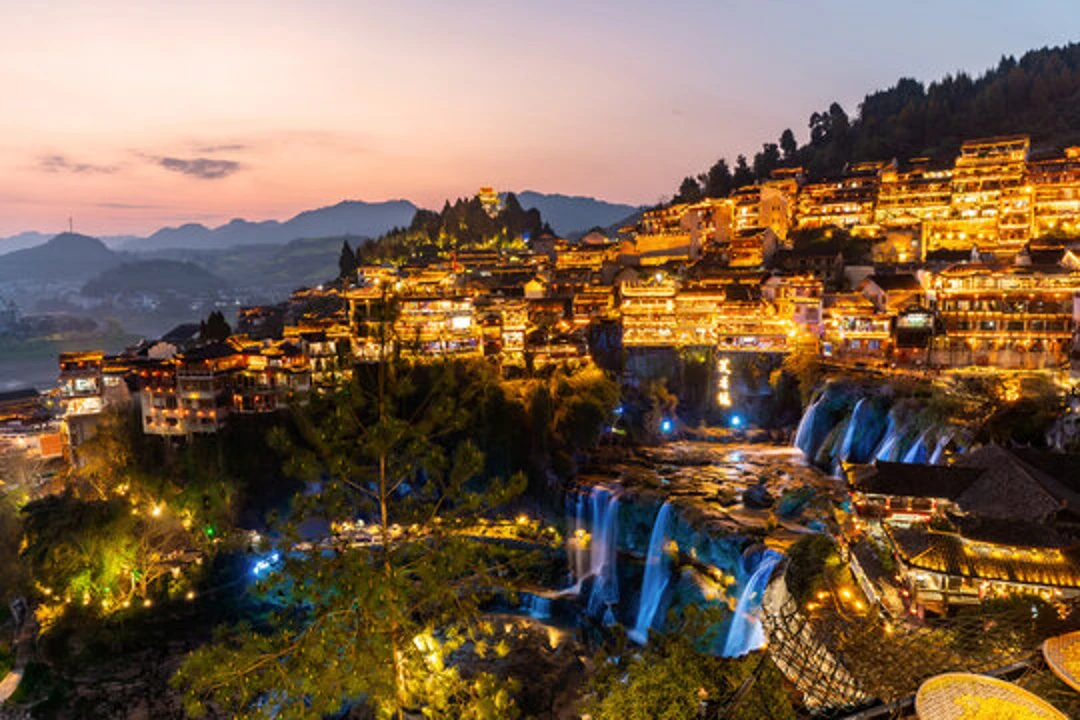
Western Provinces
16. Sichuan
The Chinese province of Sichuan is known for three things: seriously spicy food, super adorable pandas, and Chengdu—an amazing, vibrant, and yet, super chill capital (where you can eat hot pot and walk around tea houses all day!)
17. Yunnan
Yunnan is captivating for the diversity of its cultures and the breathtaking quality of its landscapes. Kunming, the “Spring City,” with its temperate weather serves as a gateway to the lush forests and picturesque highlands.

18. Gansu
Gansu is also where the renowned Mogao Caves and the picturesque Zhangye Danxia landforms are located. The province really allows you to explore the history of the Silk Road as well as unusual landscapes in China.
19. Guizhou
A province famous for both its cultural diversity and its gorgeous karst landscapes, and the Huangguoshu Waterfall.
20. Qinghai
Set in the Tibetan Plateau, home to sweeping grasslands and tranquil Qinghai Lake (one of China’s biggest saltwater lakes).
Northeastern Provinces
21. Heilongjiang
China’s coldest region is best known for Harbin’s ice festival, where sculpted ice sparkles in the freezing-cold sun. The province also shares a border with Russia, so expect to see some cultural influences as you travel throughout the area.
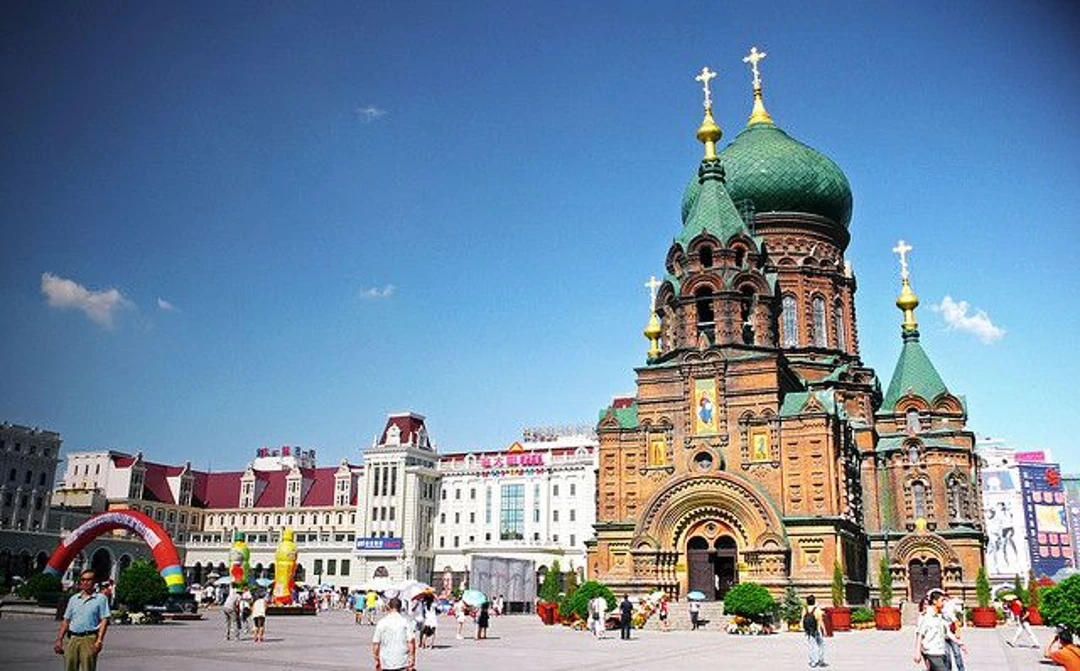
22. Jilin
The province of Jilin features some impressive natural landscapes, such as the Changbai Mountains. It’s popular for winter activities and cities such as Changchun offer an eastern/modern fusion.
23. Liaoning
It’s one of the largest industrial hubs in China, but it does have the city of Dalian (which is quite nice) and some beautiful coastline. Liaoning was an interesting mix of urbanization and rural life.
The 5 Autonomous Regions
Autonomous regions in China are a fascinating subject. Visit one, and you’ll see culture and tradition in full force. They are much less restricted than the provinces and are home to a large portion of China’s ethnic population.
24. Guangxi
With its verdant backdrop and colorful minority groups, Guangxi boasts some of the most dramatic highlights: karst mountain scenery around Yangshuo, and its terraced rice paddy fields in Longsheng.
Best suited to more intrepid travelers, it features some picturesque river boat trips along the Li River, and the lively provincial city of Nanning.
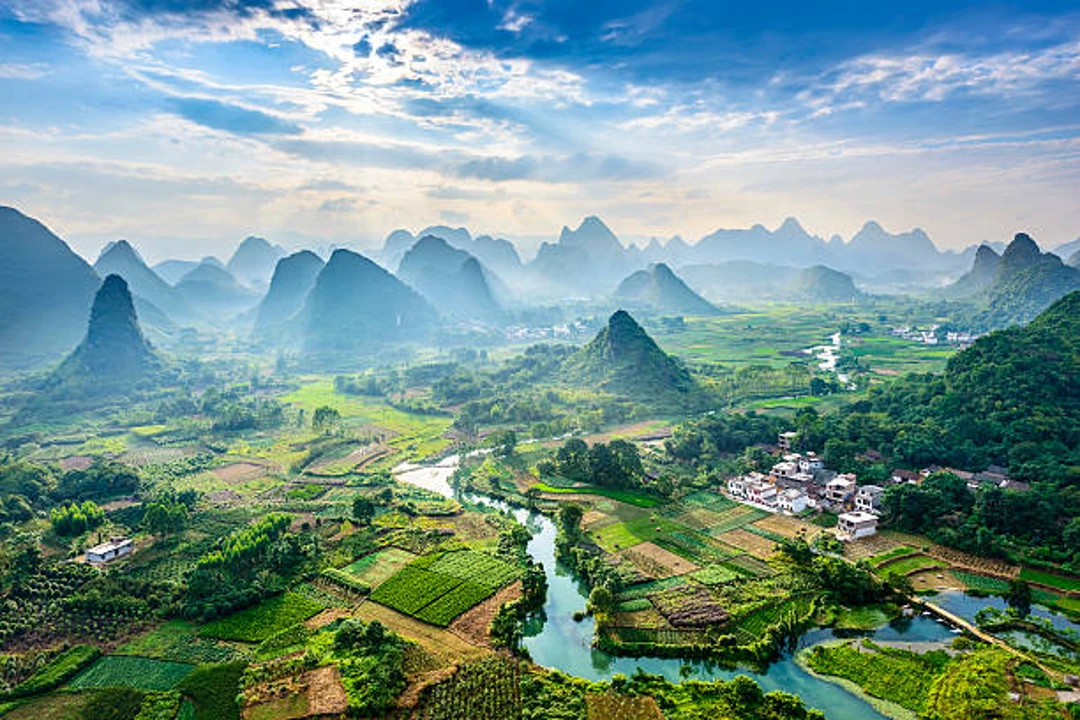
25. Inner Mongolia
With its expansive grassland steppes, Inner Mongolia blends nomadic tinges with contemporary life, offering open spaces, celebration, and a feeling of independence — and urging you to dig deeper into its distinctive way of life.
26. Ningxia
Ningxia is small in size but rich in culture and has dramatic desert scenery featuring the great Yellow River and Helan Mountains. It’s ideal for those interested in history and the great outdoors.
27. Xinjiang
A mix of cultures and the history of the Silk Road await in Xinjiang, amid lively handicraft markets and stunning scenery that changes dramatically. From Turpan’s desert to the snow-capped Tianshan mountains, there are few places with such varied natural beauty.
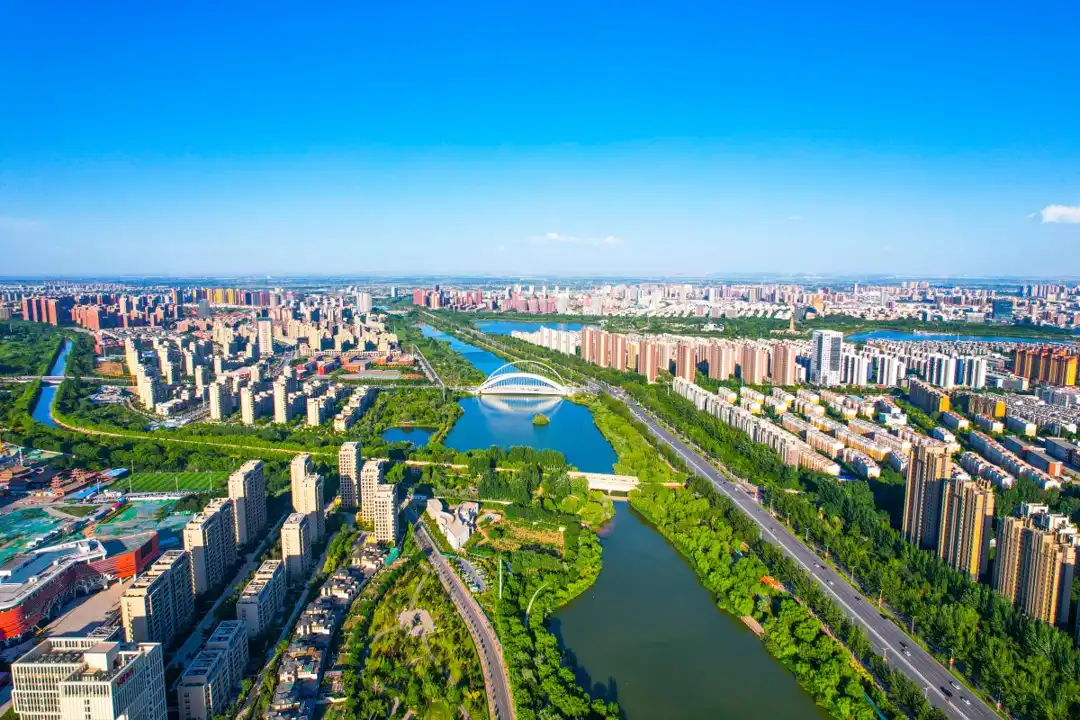
28. Tibet
Tibet is a spiritual Mecca and adventure paradise rolled into one. The “Roof of the World” is full of staggering Himalayan views and peaceful monasteries. And Lhasa, the capital, is the center of Tibetan religion and culture.
The 4 Municipalities
There are several cities in China so big and powerful that they have the same rights as a province. They contain a mix of historical sites, modern urban-centers, and distinct regional culinary traditions. Don’t miss them during your trip to China!
29. Beijing
Not only is Beijing the capital of the country, but it’s a great entry point into China’s immense history. Ancient monoliths like the Forbidden City and Great Wall reside next to the ultra-modern.
A place alive with culture, politics, and art, it’s a thrilling place of contrasts.
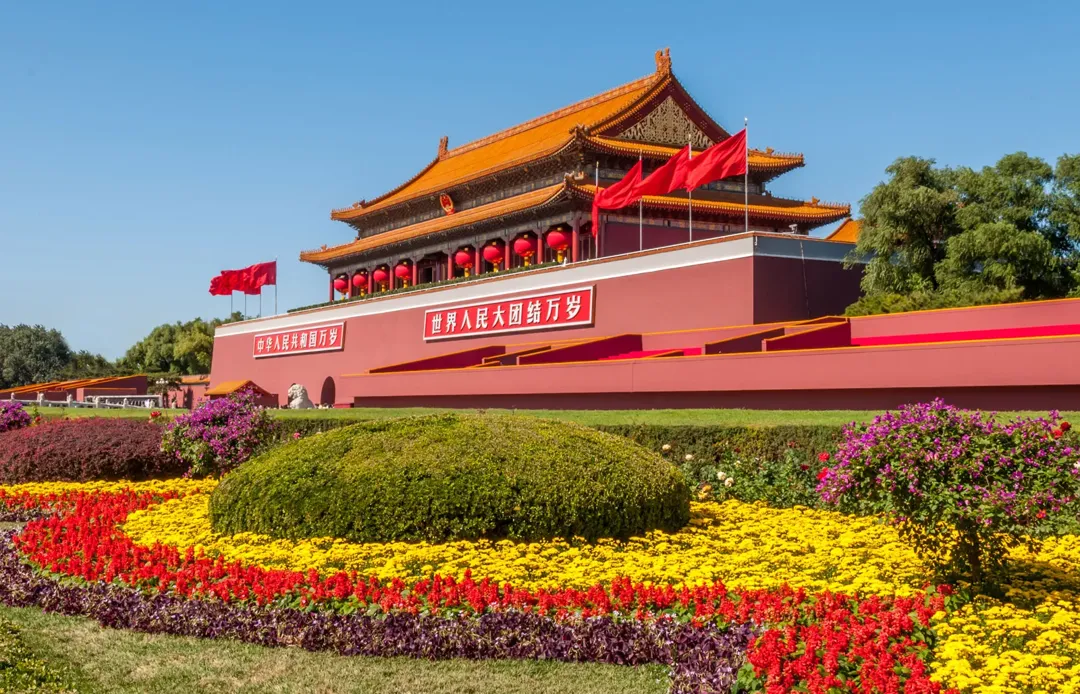
30. Shanghai
Shanghai is famous for its modern buildings & busy, high-tech financial district. The Bund, an old waterfront promenade, is its most important historic area and the center of much activity.
The Chinese-foreign hybrids are a direct result of the city’s past & define its character today.
31. Tianjin
Tianjin will amaze you – it’s full of old European-style buildings alongside traditional Chinese ones. The former treaty port retains its colonial charm, boasting historic districts, ornate structures, and a vibrant food scene.

32. Chongqing
Chongqing sits at the confluence of the Yangtze River and is famous for its spicy hotpot and hills. Also nicknamed the Mountain City, this is a place that blends nature with the urban landscape perfectly.
Seeing the hills and buildings lit up at night is just spectacular. All in all, it is a city that you won’t forget when you leave.
The 2 Special Administrative Regions (SARs)
The Special Administrative Regions (SARs) of Hong Kong and Macau are unusual in China, and the world, for that matter. They enjoy a lot of autonomy and have their own legal and economic systems.
This makes them very different from the rest of China and gives them a substantially different feel, making them truly unique.
33. Hong Kong
Hong Kong is a fast-paced city of towering skyscrapers and sprawling markets. But it’s also an Eastern city that meets the Western world in a fantastic fusion of food, festivals, and buildings.
The harbor, one of the most iconic in the world, is a sight in and of itself, and the quiet hike to Victoria Peak provides respite and a spectacular panorama of the city.
34. Macau
Macau, on the other hand, will surprise you with its wealth of Portuguese-influence and excess entertainment. Dubbed the “Las Vegas of Asia,” Macau has an abundance of lively casinos and lavish shows.
The cobblestone streets and the Baroque architecture provide you with a glimpse into the past, a sharp contrast to the current entertainment industry.
Why This Matters for Travelers
Variety of Regions: China’s provinces and regions have their own distinctive culture, landscape, and cuisine, so it’s important to be aware of these differences to enhance your trip.
Planning a Trip: Understanding what provinces are adjacent makes planning your trip easier and your visit more efficient as you can combine regions without much hassle.
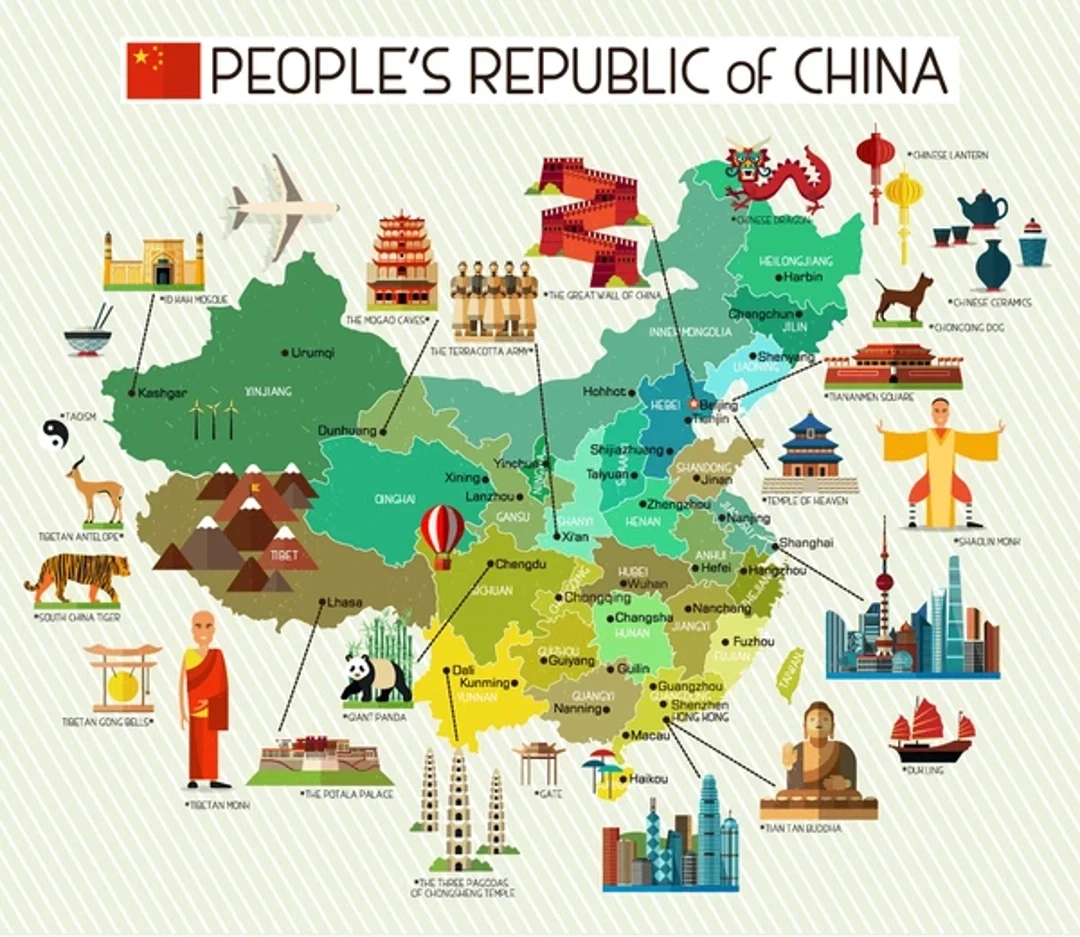
Permits and restrictions: Certain regions (such as Tibet) may require travelers to obtain special permits, so knowing the categories in advance can help you prepare for any extra administration or limitations.
Cultural Differences: Provinces have their dialects, customs, and festivals, so a bit of prior knowledge goes a long way to enhance your travel experience.
Experience-based Itineraries: By having this knowledge about the administrative divisions, you’ll be able to tailor your visit to wherever your interests lie, be it in a bustling city, the great outdoors, or history and culture.
FAQ
1. What differentiates a province from an autonomous region in China?
These are areas given more self-governance that are usually home to ethnic minority groups (provinces have less autonomy).
2. What is the largest province in China in terms of area?
Xinjiang is China’s largest province: It’s about one-sixth of the country’s total landmass!
3. Do you need a visa or any permit to go to different provinces?
No, once you’re in China on a proper visa, you don’t need a visa for travel from one province to another, but some do require permits.
Conclusion
In conclusion, China’s 34 provincial-level divisions offer something for everyone.
Understanding this system will help you better see the country and experience much more, going far beyond the stereotypical tourist areas.
Whether you like vibrant cities, quiet countryside, or ancient history, you’ll find something you enjoy in all of China’s provinces.

